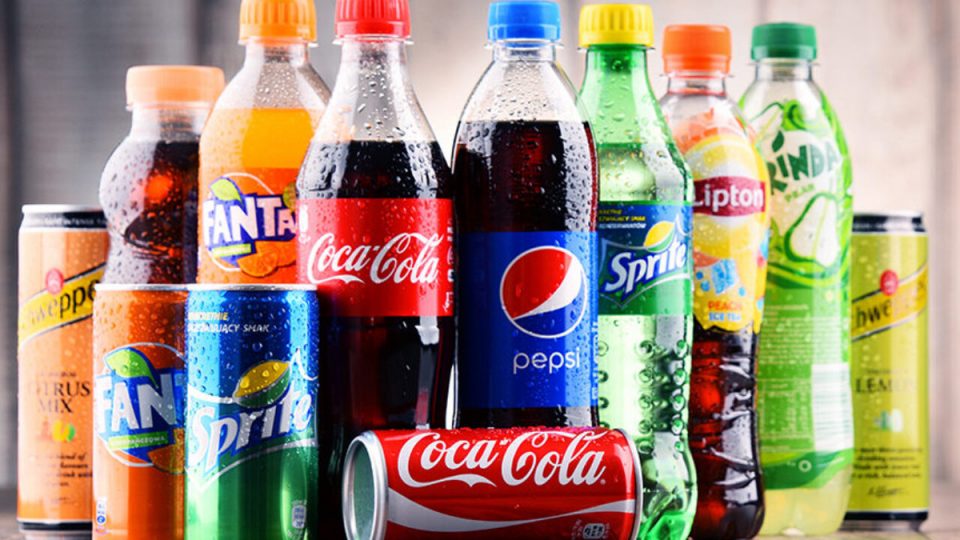Photo caption: Soda
MIT scientists have developed a process to produce hydrogen from recycled aluminum cans and seawater.
The technology emits just 1.45 kg of CO per kg of hydrogen.
The method is cost-competitive at $9/kg, and offers on-demand hydrogen via aluminum-seawater reactions.
Scientists at the Massachusetts Institute of Technology have unveiled a process that generates hydrogen fuel using recycled soda cans and seawater, with overall carbon emissions on par with green hydrogen technologies. This approach relies on a chemical reaction between aluminum in the soda cans and water, which produces hydrogen.
In its natural state, aluminum rapidly forms a thin oxide layer when exposed to air, which prevents any further reaction. To get around this problem, the MIT team used a rare gallium-indium alloy to remove the oxide layer, allowing the metal to react with seawater and release pure hydrogen. From an environmental viewpoint, the results were encouraging: the MIT method generates just 1.45 kilograms of carbon dioxide for every kilogram of hydrogen produced, comparable to other green hydrogen technologies and much lower than 11 kilograms of CO2 emitted by fossil fuel-based hydrogen production.
The MIT team estimates that its novel method costs $9 per kilogram of hydrogen, roughly on par with other green hydrogen technologies and a potentially attractive solution for large-scale hydrogen production. The MIT team has proposed a system whereby pre-treated aluminum pellets are transported to fuel stations, which can then be mixed with seawater to generate hydrogen on demand. This minimizes transportation costs as well as the risks associated with transporting volatile gases. The scientists estimate that a single kilogram of hydrogen could power a vehicle for 60 to 100 kilometers. As an added bonus, the MIT process also generates boehmite, a mineral used in the manufacture of electronic components and semiconductors.
This could help offset some of the production costs.
“One of the main benefits of using aluminum is the energy density per unit volume,” says Aly Kombargi, an MIT PhD graduate in mechanical engineering. “With a very small amount of aluminum fuel, you can conceivably supply much of the power for a hydrogen-fueled vehicle.”
Currently, the lion’s share of global hydrogen output is ‘gray’, meaning it’s produced from natural gas through various thermal processes, most notably steam methane reforming (SMR). SMR involves reacting methane, the primary component of natural gas, with steam at high temperatures in the presence of a catalyst.
Other methods, like partial oxidation and autothermal reforming, can also be used, but SMR is the most widely used and efficient. Unfortunately, producing hydrogen from fossil fuels is a ‘dirty’ process: global hydrogen production generates 900 million tonnes (Mt) of CO2 emissions in a typical year, more than the global aviation industry at ~800Mt. Blue hydrogen is also produced from fossil fuels, but the CO2 emitted is captured and stored underground. Nearly three-quarters of all globally captured carbon is used in ‘enhanced oil recovery’ (EOR). CO2 injection has been used successfully in the Permian Basin.
Hard Sell
Governments and companies across the globe have announced plans to build nearly 1,600 hydrogen plants. Unfortunately, the hydrogen economy is struggling to take off, with Bloomberg New Energy Finance (BNEF) estimating that just 12% of hydrogen plants have customers with offtake agreements.
Cost is a big factor here: green hydrogen produced using renewable energy costs nearly four times as much as gray hydrogen created from natural gas, making it hard for developers to build hydrogen infrastructure whose demand might not materialize for years.
“No sane project developer is going to start producing hydrogen without having a buyer for it, and no sane banker is going to lend money to a project developer without reasonable confidence that someone’s going to buy the hydrogen,” BNEF analyst Martin Tengler notes.
“It’s no different than any other energy development at scale. Natural gas pipelines didn’t get built without customers,” says Laura Luce, chief executive officer of Hy Stor Energy.
Meanwhile, Trump’s “Big, Beautiful Bill” could have dire consequences for the hydrogen sector if it becomes law. The sweeping policy bill will do away with billions in tax credits provided by Biden’s Inflation Reduction Act (IRA), with Section 45V tax credit considered a major boon for low-carbon hydrogen and ammonia projects across the country. Losing 45V tax credits may seriously erode the economic viability of dozens of companies including Plug Power (NASDAQ:PLUG), Air Products & Chemicals (NYSE:APD), CF Industries (NYSE:CF), Bia Energy, Clean Hydrogen Works and Monarch Energy.
On a brighter note, Trump’s bill has left carbon capture credits intact. Big Oil has invested billions of dollars in carbon capture projects, including Exxon Mobil’s (NYSE:XOM) latest CCS project targeting power-hungry U.S. data centers.
Exxon’s CCUS project will provide low-carbon power to the U.S. data centers powering the AI boom. Meanwhile, last month, Shell (NYSE:SHEL), TotalEnergies (NYSE:TTE) and Equinor (NYSE:EQNR) expanded their Northern Lights CCS project with additional investments, bringing total investments to $714 million.
=== Oilprice.com ===



